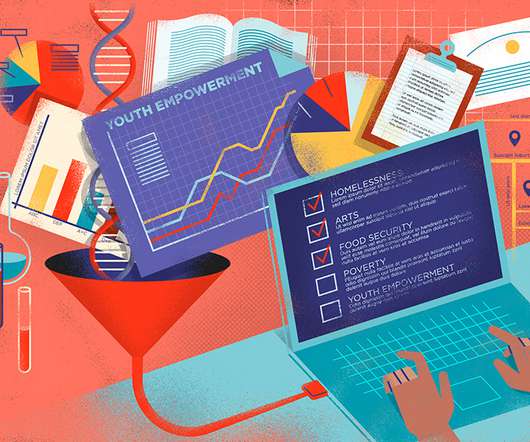Innovating to Address the Systemic Drivers of Health
Stanford Social Innovation Review
NOVEMBER 8, 2023
Life expectancy can differ up to 30 years in the US between different zip codes in the same state, indicating the significance of socioeconomic, environmental, and social factors in driving health outcomes. There are communities like hers all over America. We call these factors the Systemic Drivers of Health. Image by the authors.












Let's personalize your content